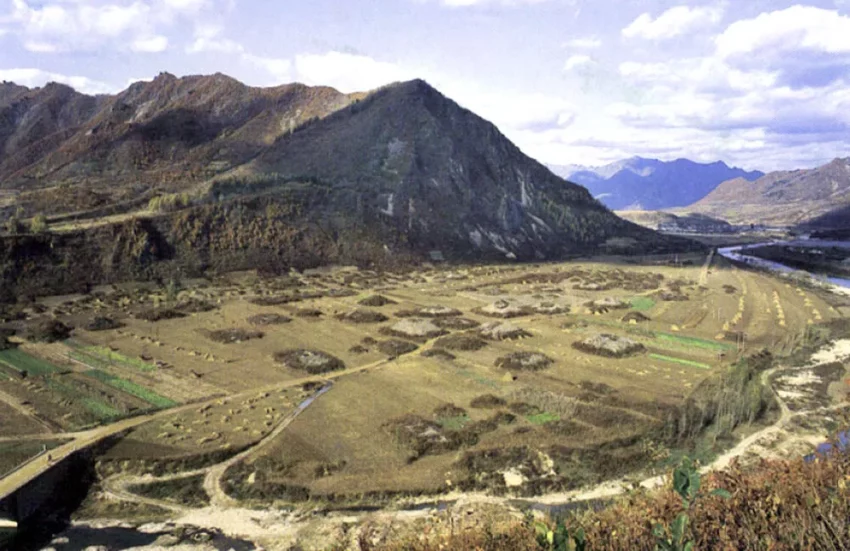Get your dose of History via Email
The Historical Significance of Bam and Its Surrounding Landscape
The city of Bam, located in the Kerman province of southeastern Iran, is of considerable significance due to its impressive historical citadel, Arg-e Bam. According to UNESCO, which inscribed the site on the World Heritage List in 2004, the origins of this area can be traced back to the Achaemenid period (6th to 4th centuries BC) and even further. It flourished from the 7th to 11th centuries AD as an important hub on the Silk Roads connecting it to the rest of the Near East, Central Asia, and the Indian subcontinent. Unfortunately, a catastrophic earthquake occurred on 26 December 2003, claiming many lives and causing substantial damage to the ancient architectural heritage, therefore classifying the site as a World Heritage in Danger.
The Architectural Grandeur of Arg-e Bam
Standing as the largest adobe building in the world, the citadel Arg-e Bam is the most prominent feature of this site, manifesting a rich array of architectural forms, including towers, fortifications, and an urban grid that reflects the cultural and societal complexity of the location. This use of mud layers (chīne) demonstrates a building technique special to this region. The structure’s layout comprises two distinct parts, the military section situated on the highest point of the complex and the residential quarter. The residential quarters accommodate markets, a mosque, and areas for public baths. This comprehensive citadel, a testament to the use of mud layer techniques (chīne) specific to this area, also includes an irrigation system which has been preserved over time and is an example of desert farming sustainability.
The Gardens of Bam
Surrounding the citadel, the cultural landscape of Bam is characterized by its series of qanāts (underground water management systems unique to arid and semi-arid environments) and gardens demonstrating ancient and intelligent irrigation methods that provided the necessary means to cope with the harsh climatic conditions. The design and growth of these gardens not only reflect the former prosperity of the area but also stand as an essential feature in understanding the interaction between the cultural and natural environment in the creation and sustainability of the oasis of Bam.
The Impact of the 2003 Earthquake on Bam
On 26 December 2003, a destructive earthquake registering 6.6 on the Richter scale struck the region, causing significant damage to the Citadel of Bam and leading to the tragic loss of over 26,000 lives. In light of this event, there has been an immediate and sustained response to conserve and restore this precious archaeological heritage. This disaster underscored the vulnerability of earthen architecture to seismic activity and served as a call to action to improve understanding and implementation of restoration and disaster prevention in similar contexts securing the survival of this World Heritage Site for future generations.
Conservation and Management of the Bam Site
In order to address the extensive challenges faced in terms of conservation and restoration, a series of measures have been enacted to ensure the protection and survival of the Cultural Landscape of Bam. This strategy includes plans for the stabilization and rehabilitation of the remaining structures, as well as the establishment of a management plan that takes into account both the natural and cultural dimensions of the site. Continued efforts are being directed towards maintaining the historical authenticity and integrity of Bam’s landscape while also considering the site’s potential for sustainable tourism. The complexities of managing and conserving an area shaped by a dynamic history and fragile ecology underscore the universal value of the Bam cultural landscape.
The Universal Value of Bam’s Cultural Landscape
Recognized by UNESCO as a world heritage site that embodies the interaction between man and nature in a desert environment, the cultural landscape of Bam represents universal values that are preserved through its qanāts, gardens, and the Citadel of Bam itself. The conservation and understanding of this site are not merely regional concerns but are of international significance. It reminds us of the resilience and ingenuity of human societies in adapting to the extreme natural conditions and managing limited resources through sustainable practices.

